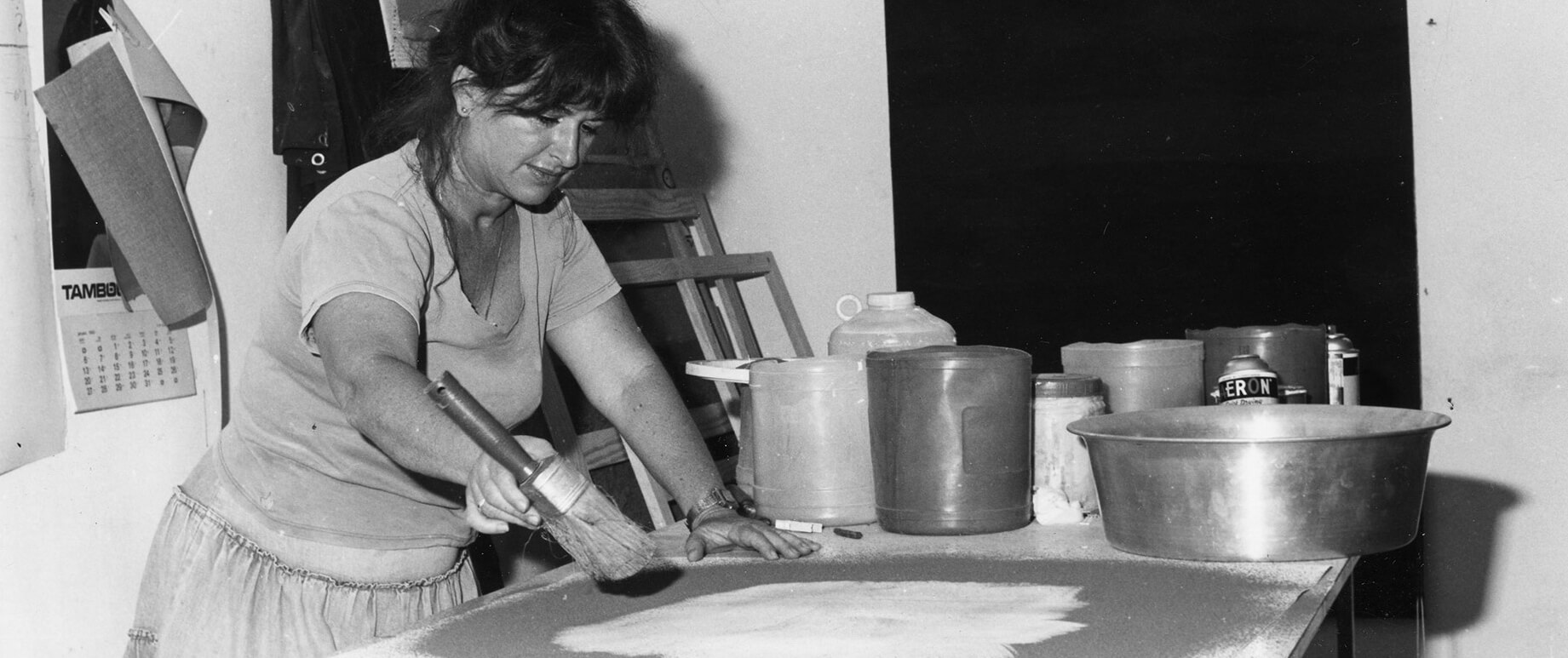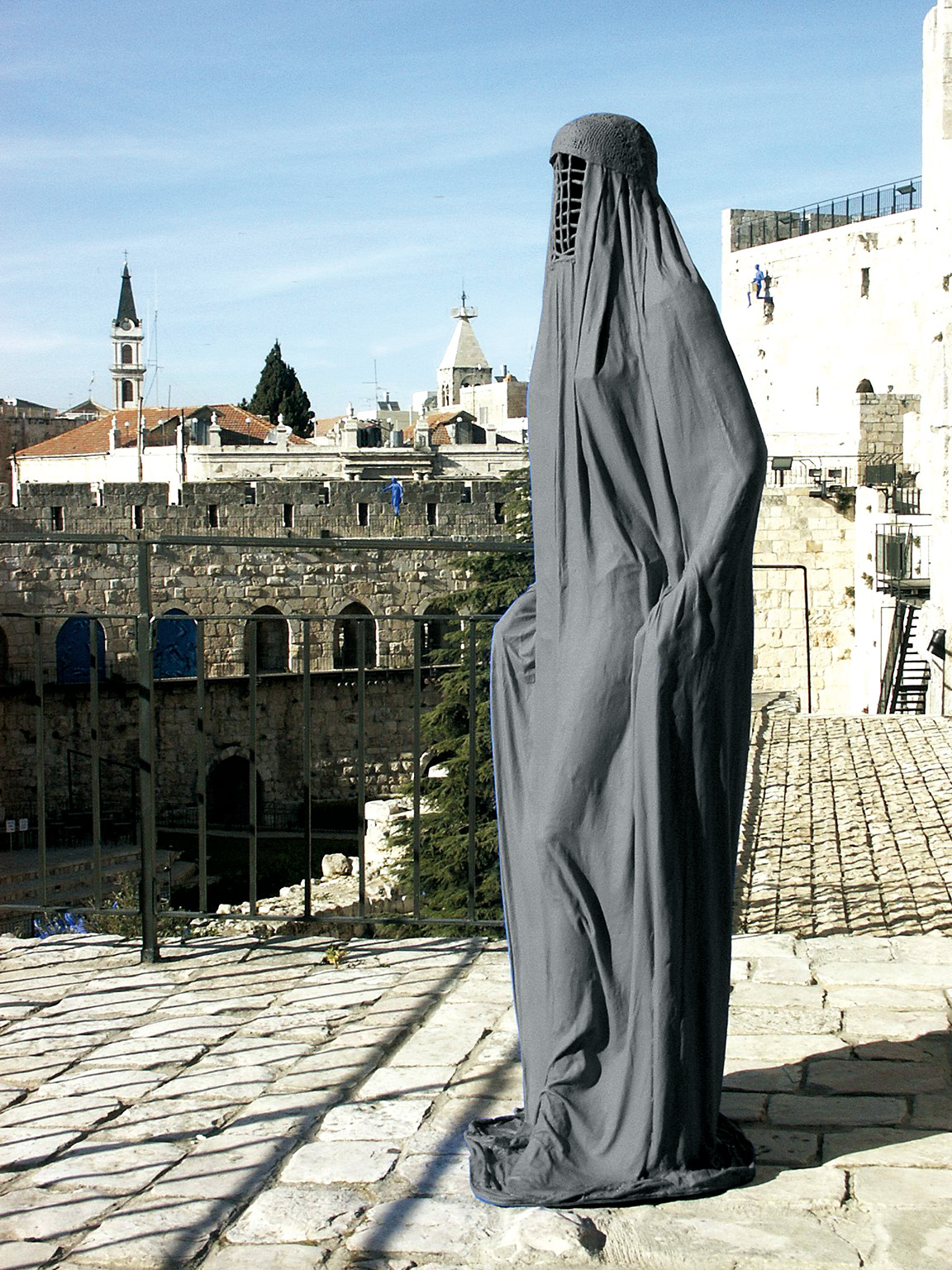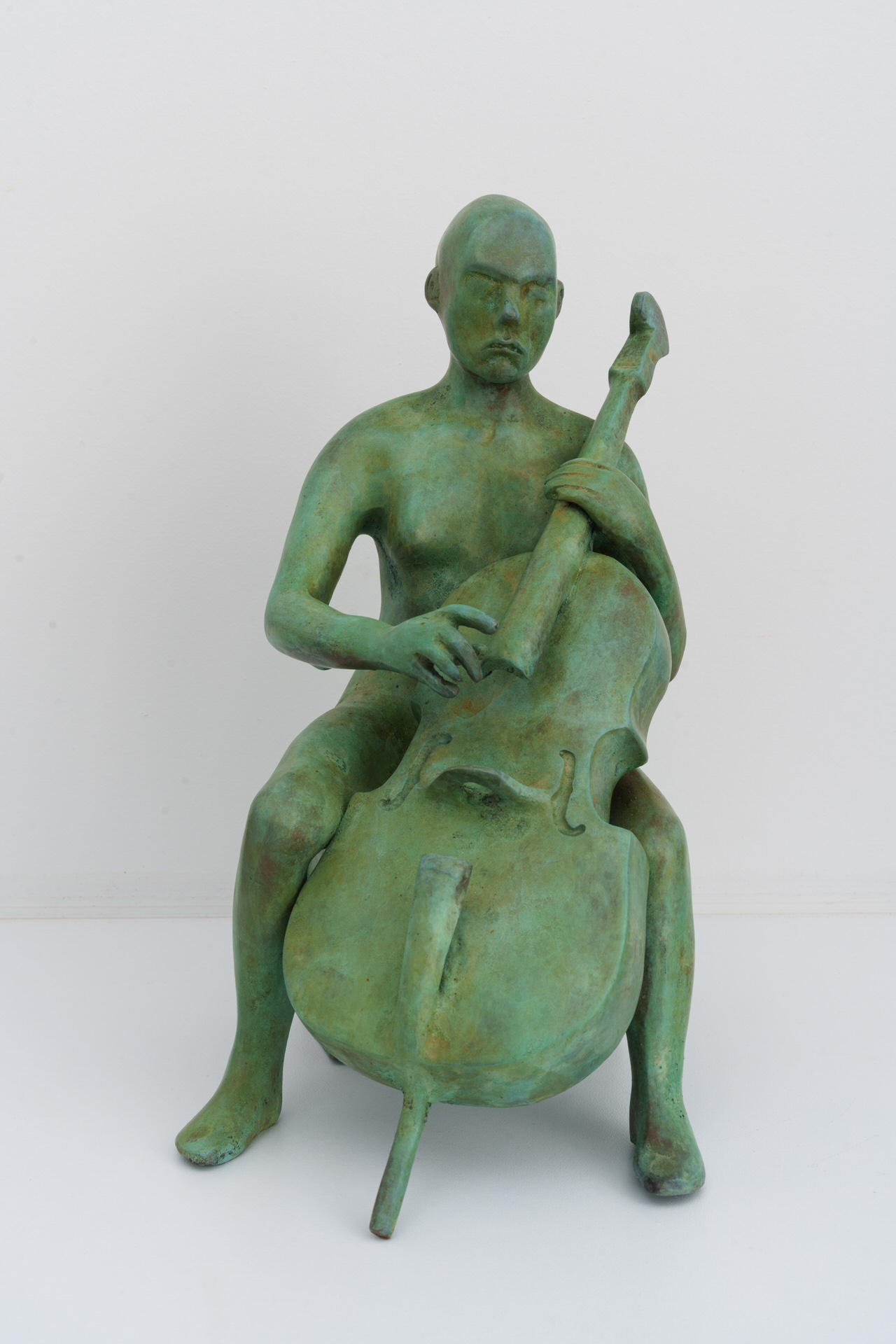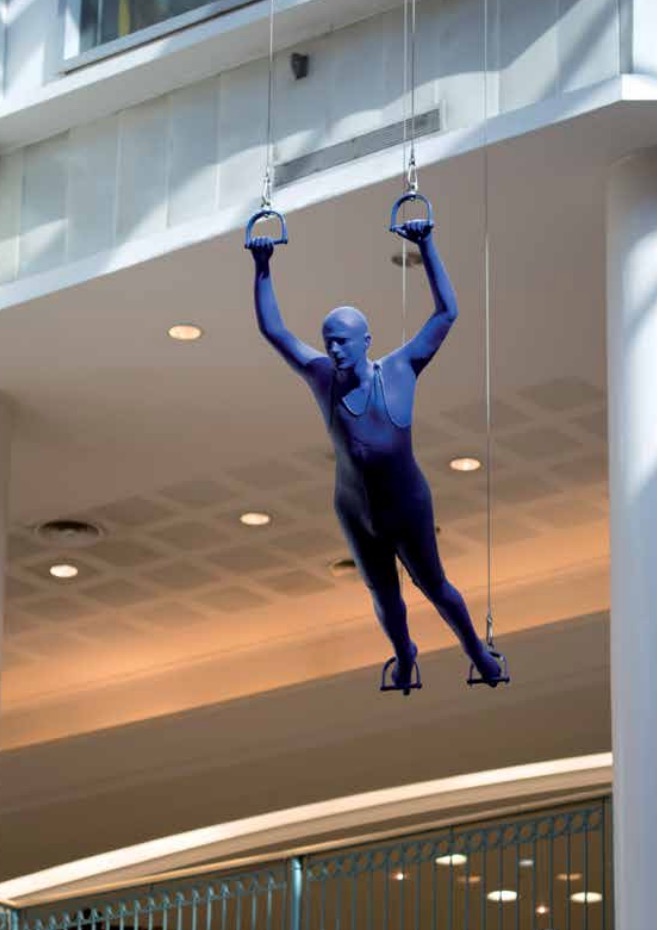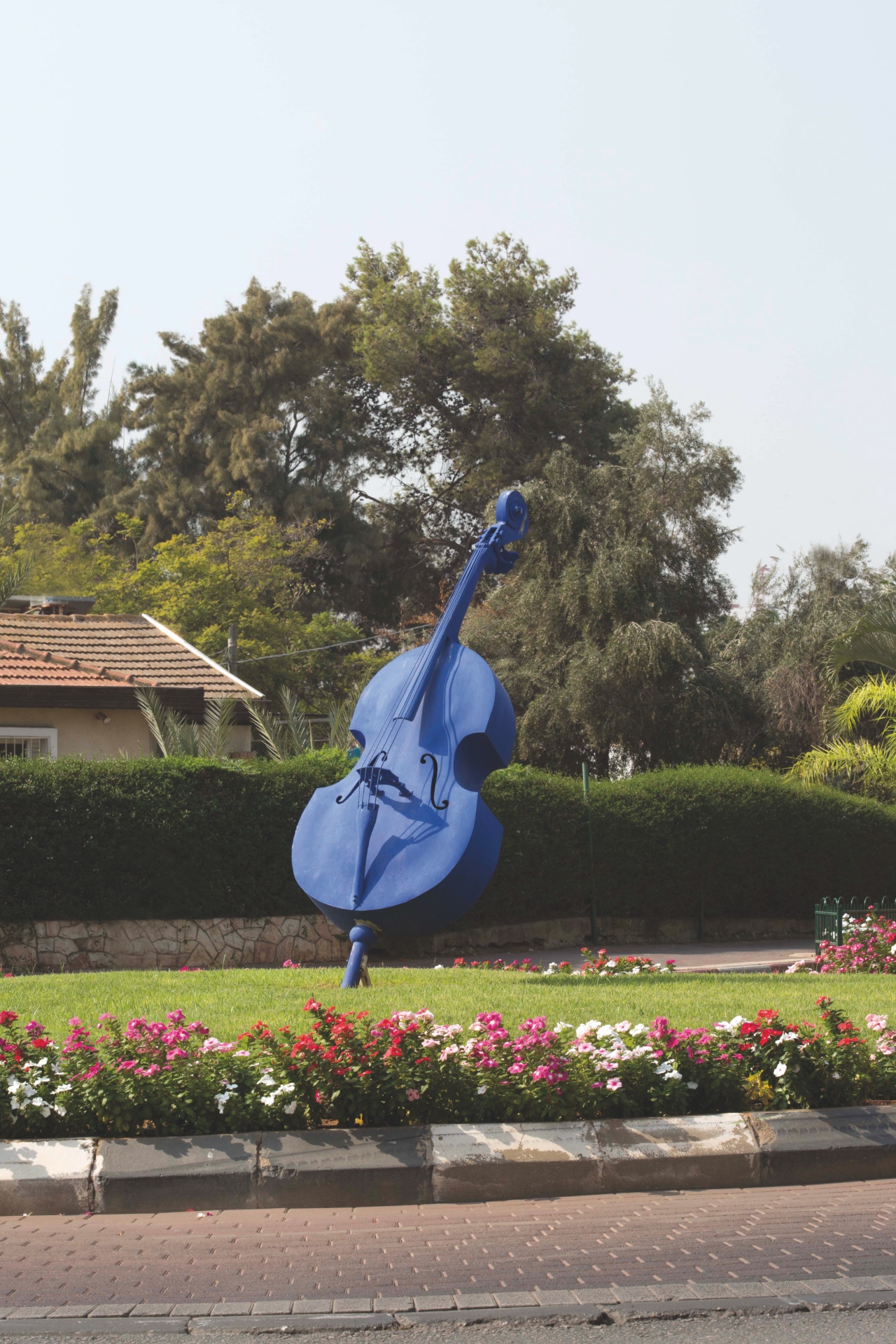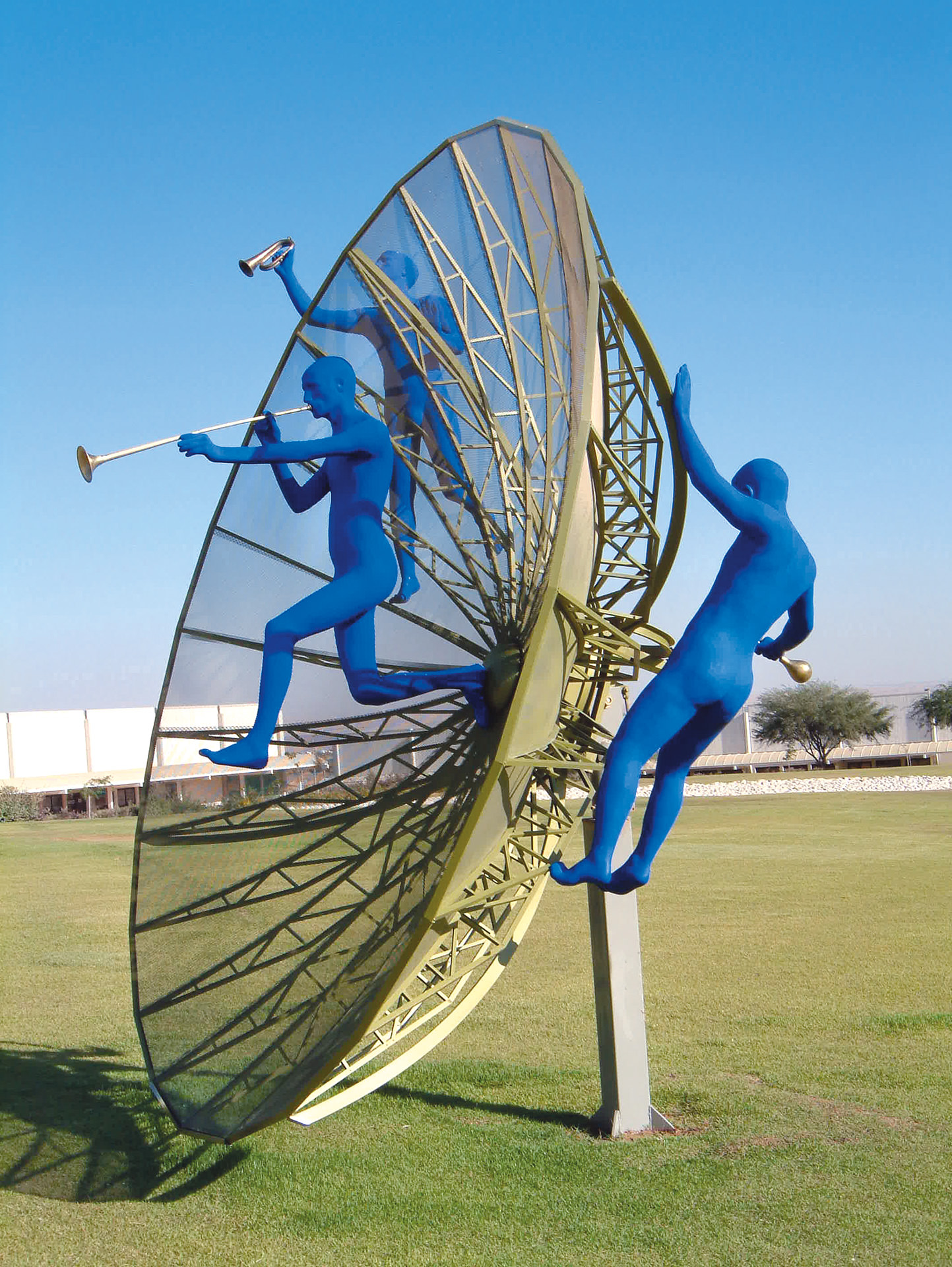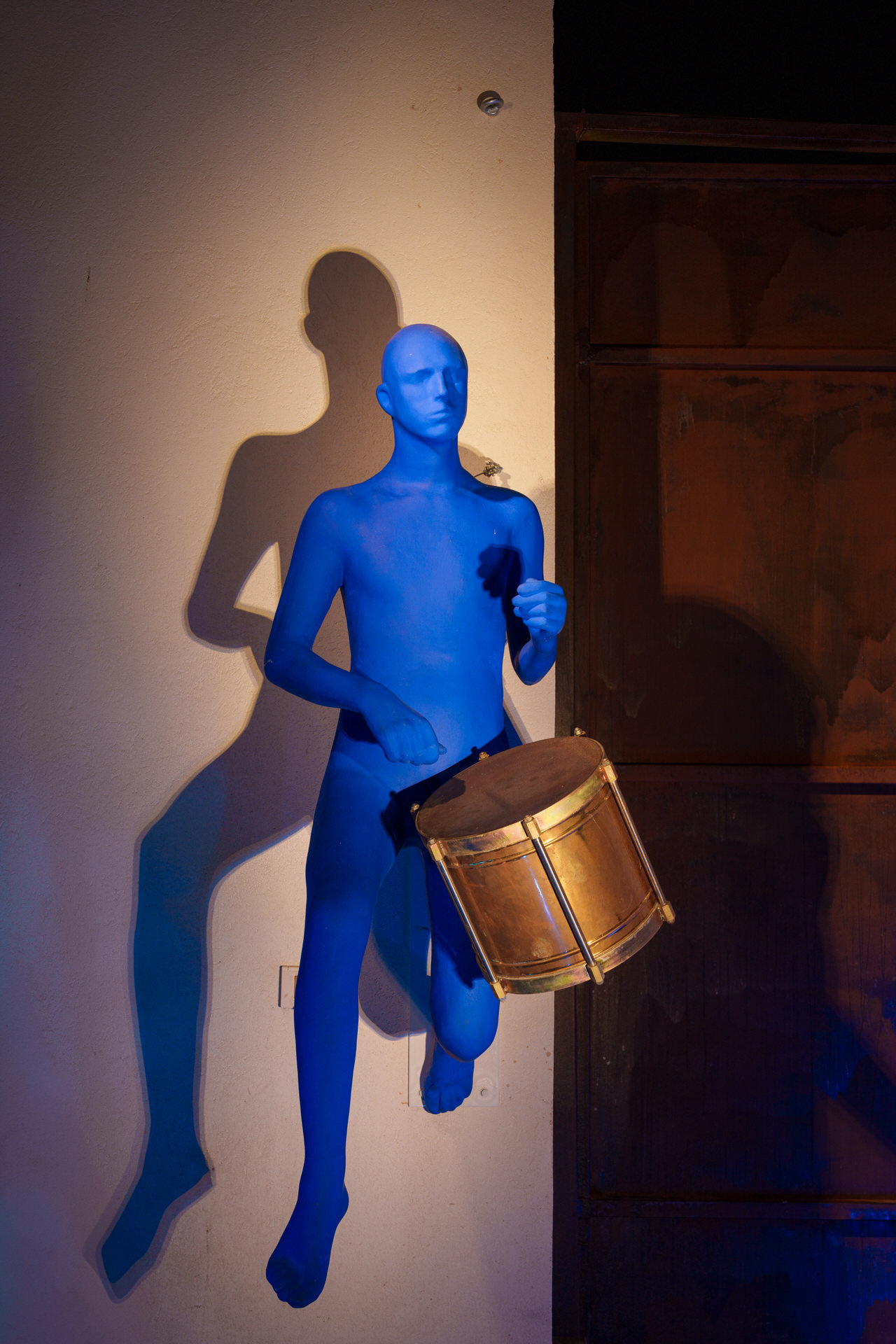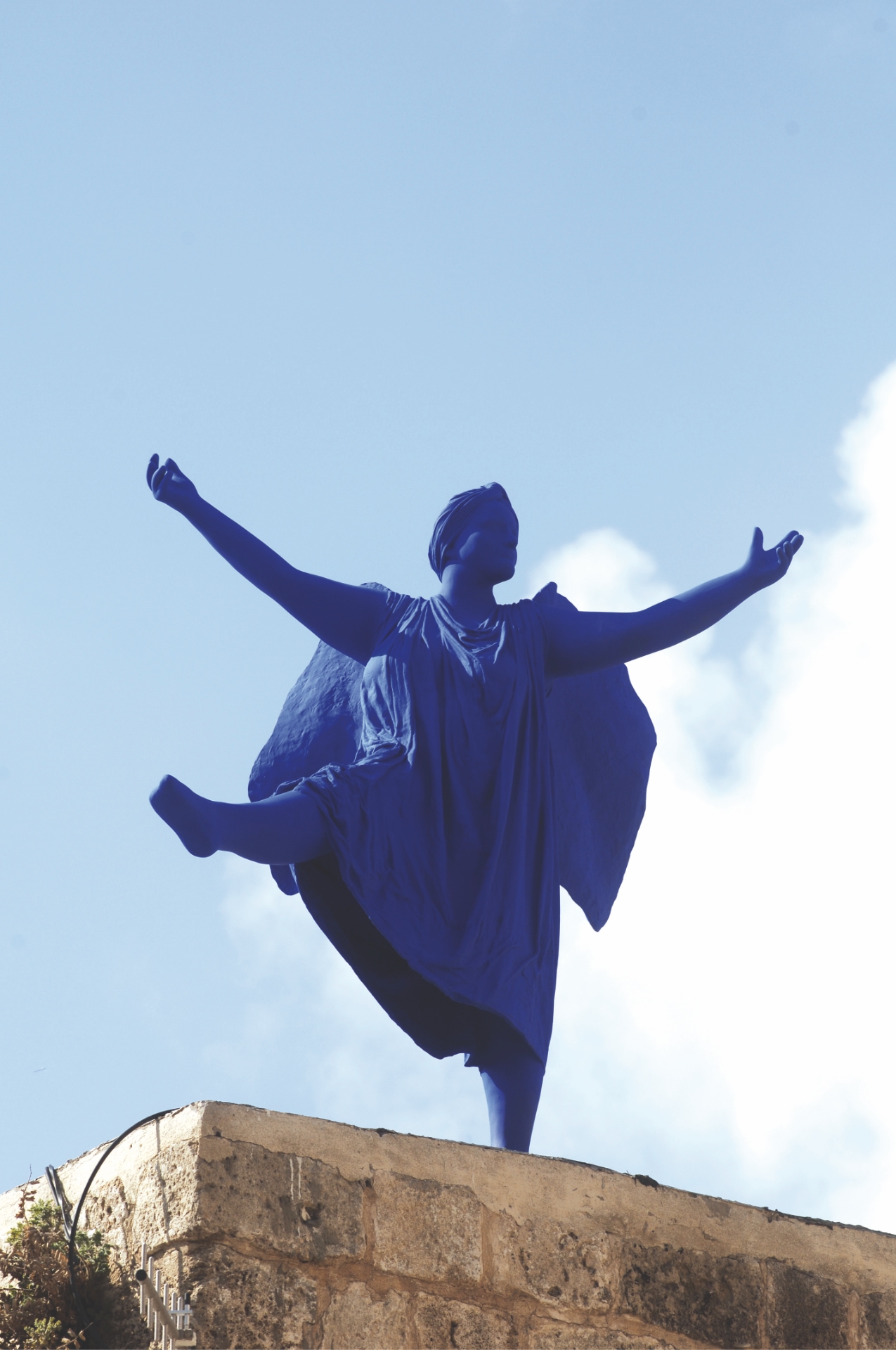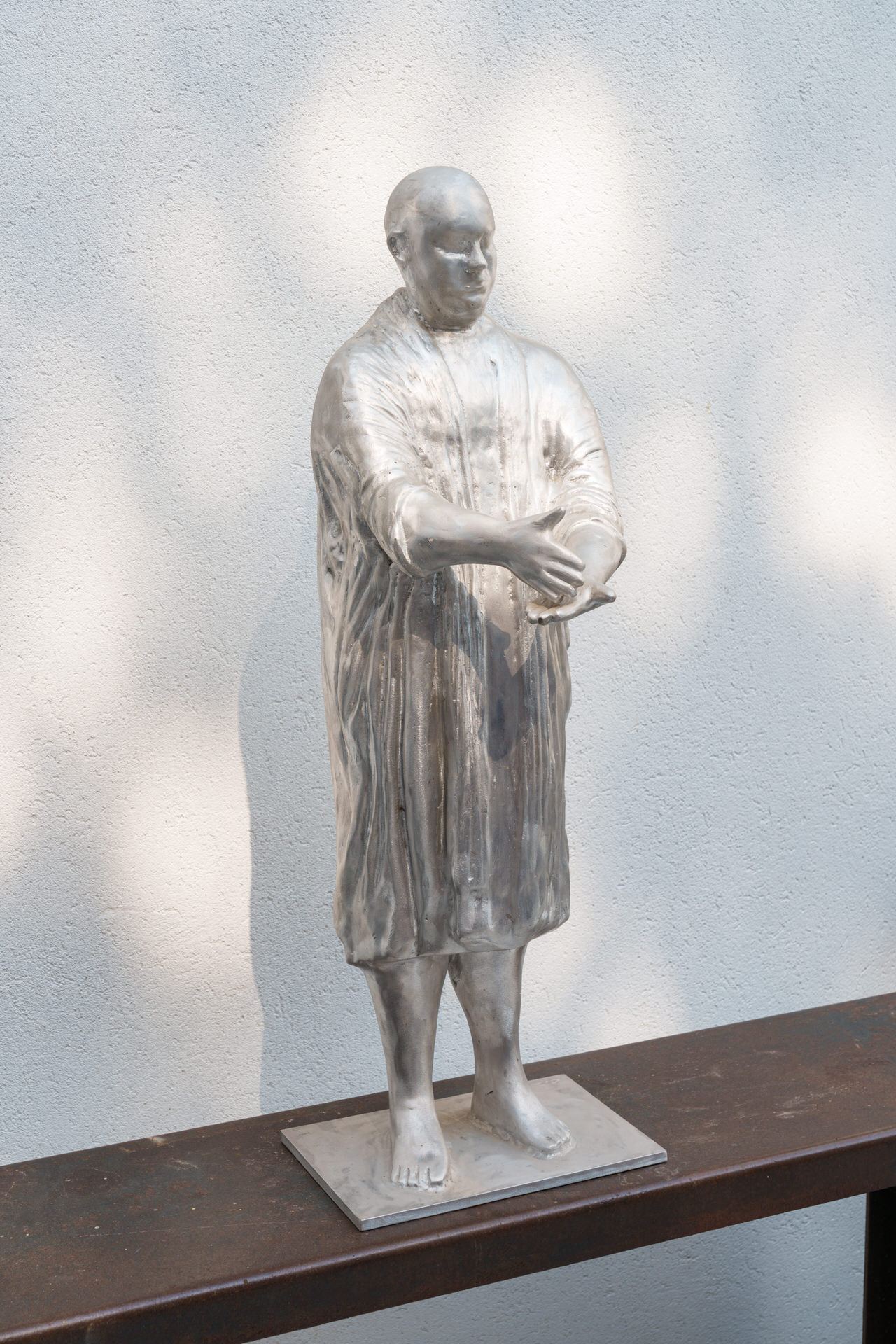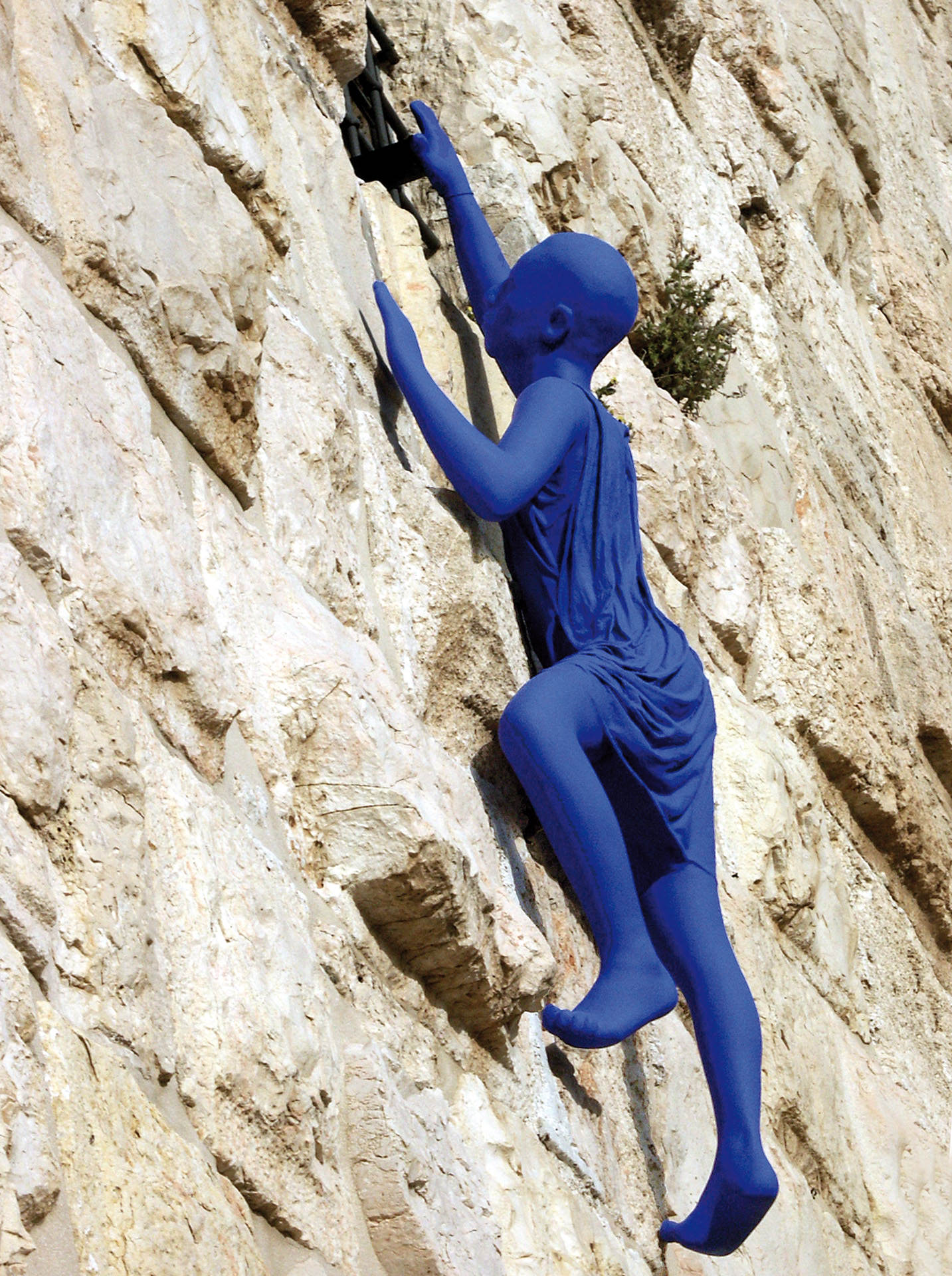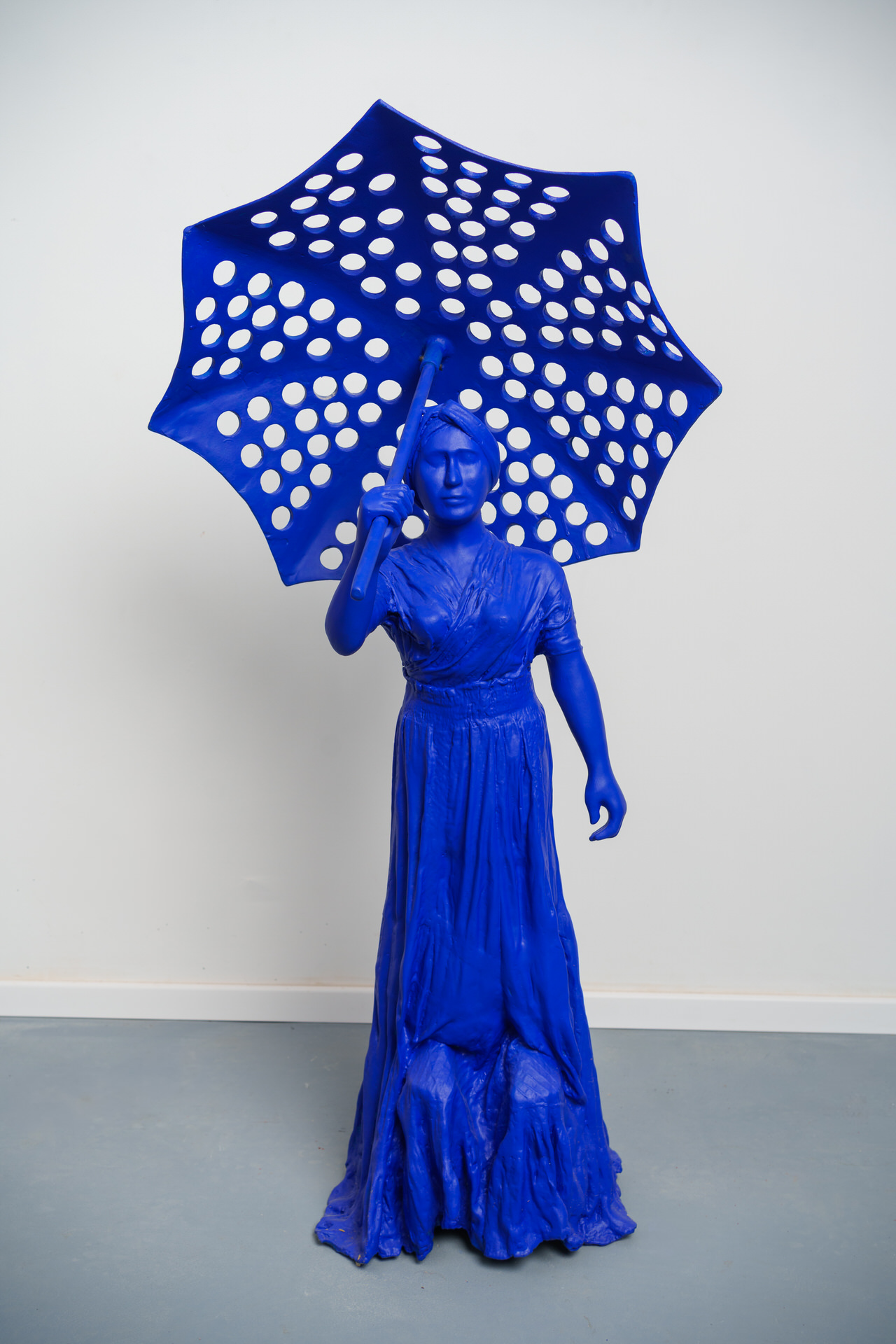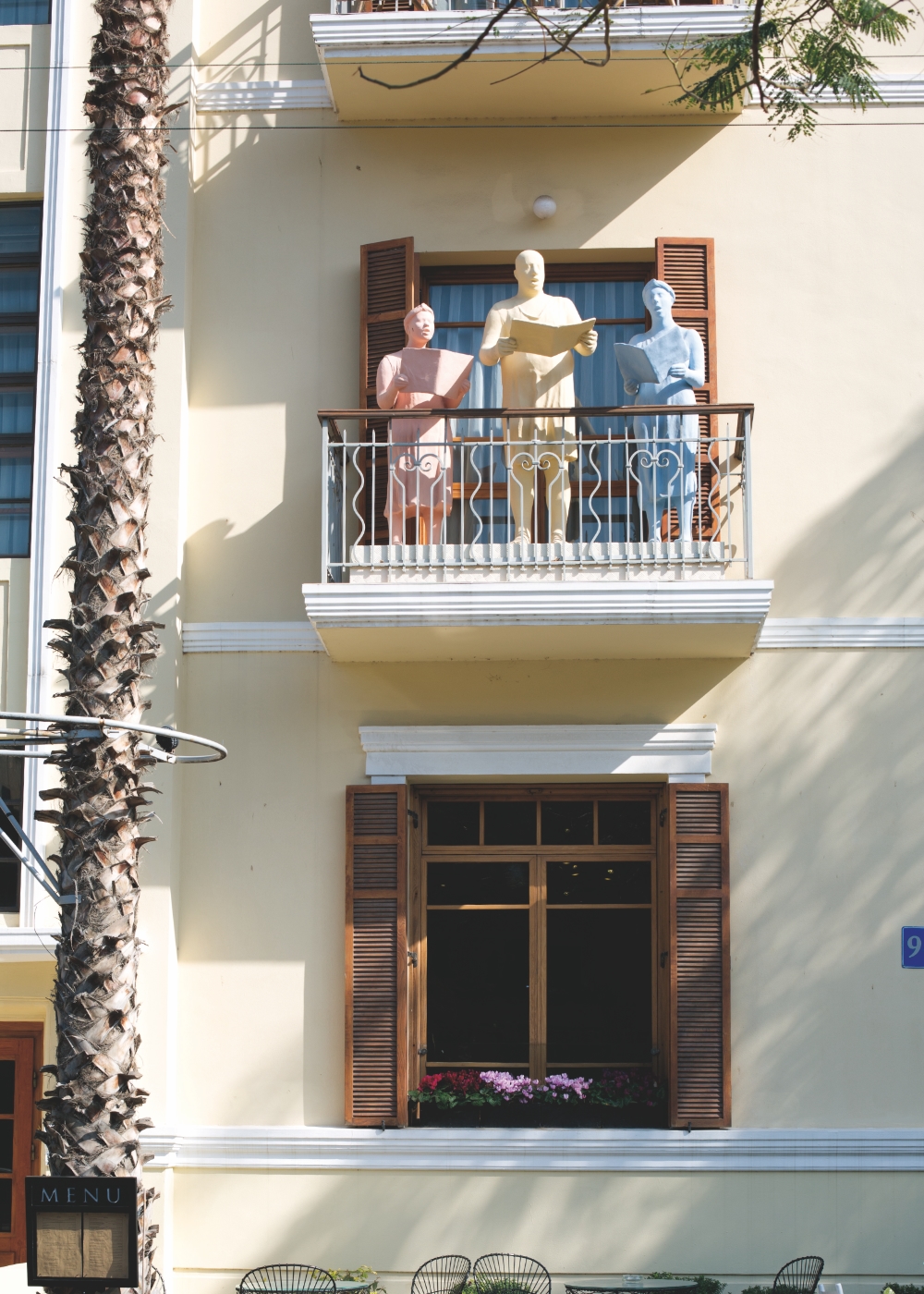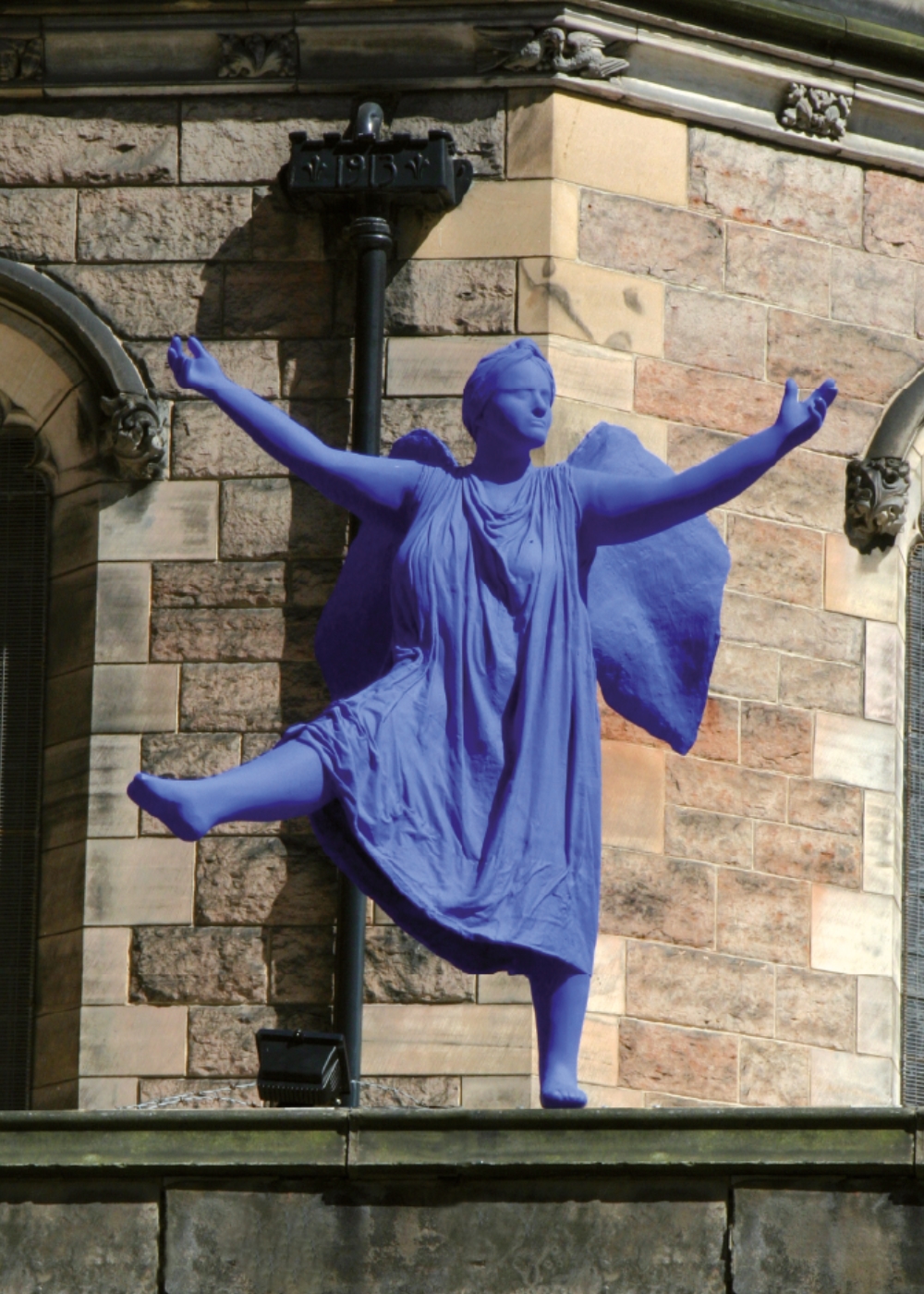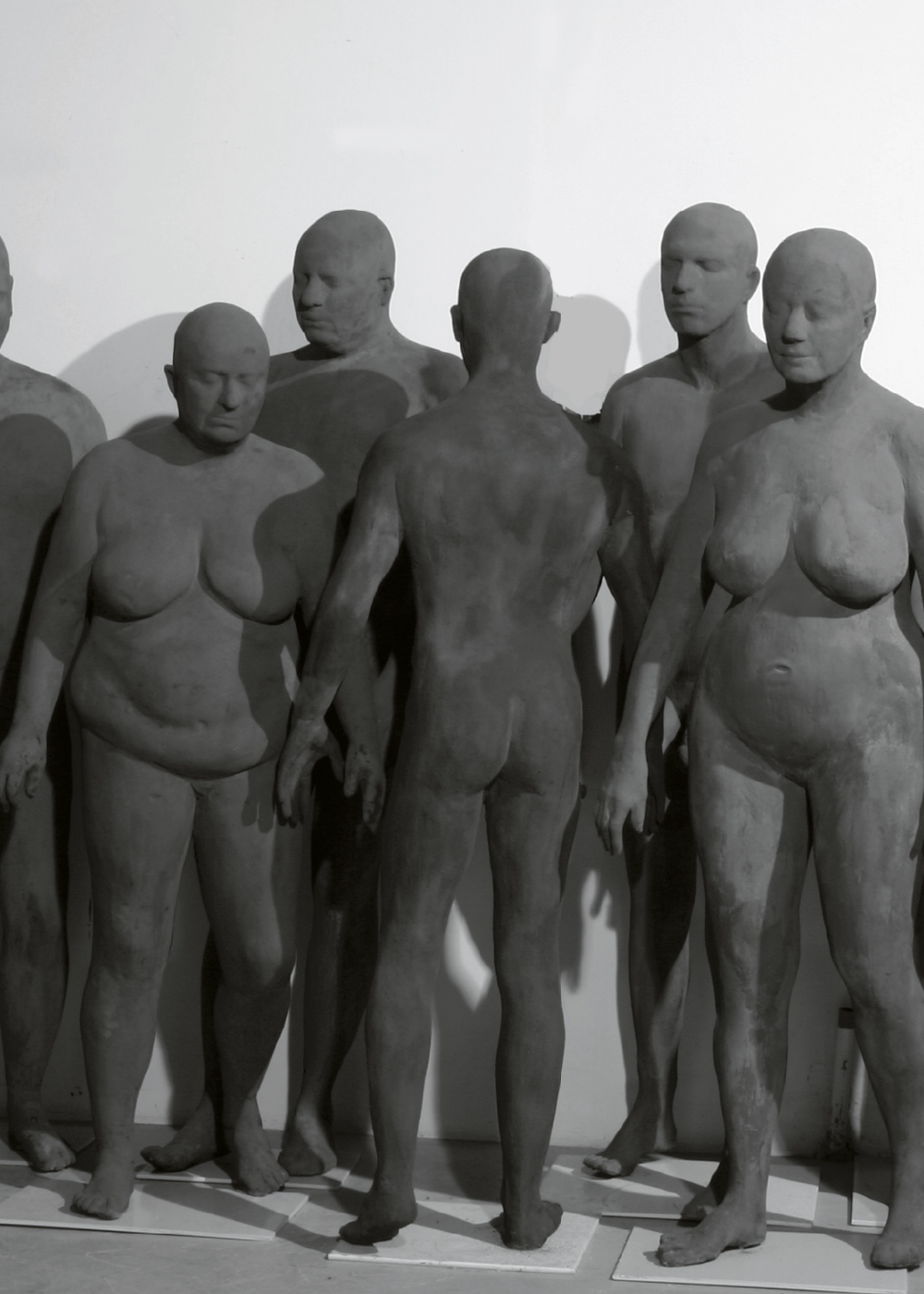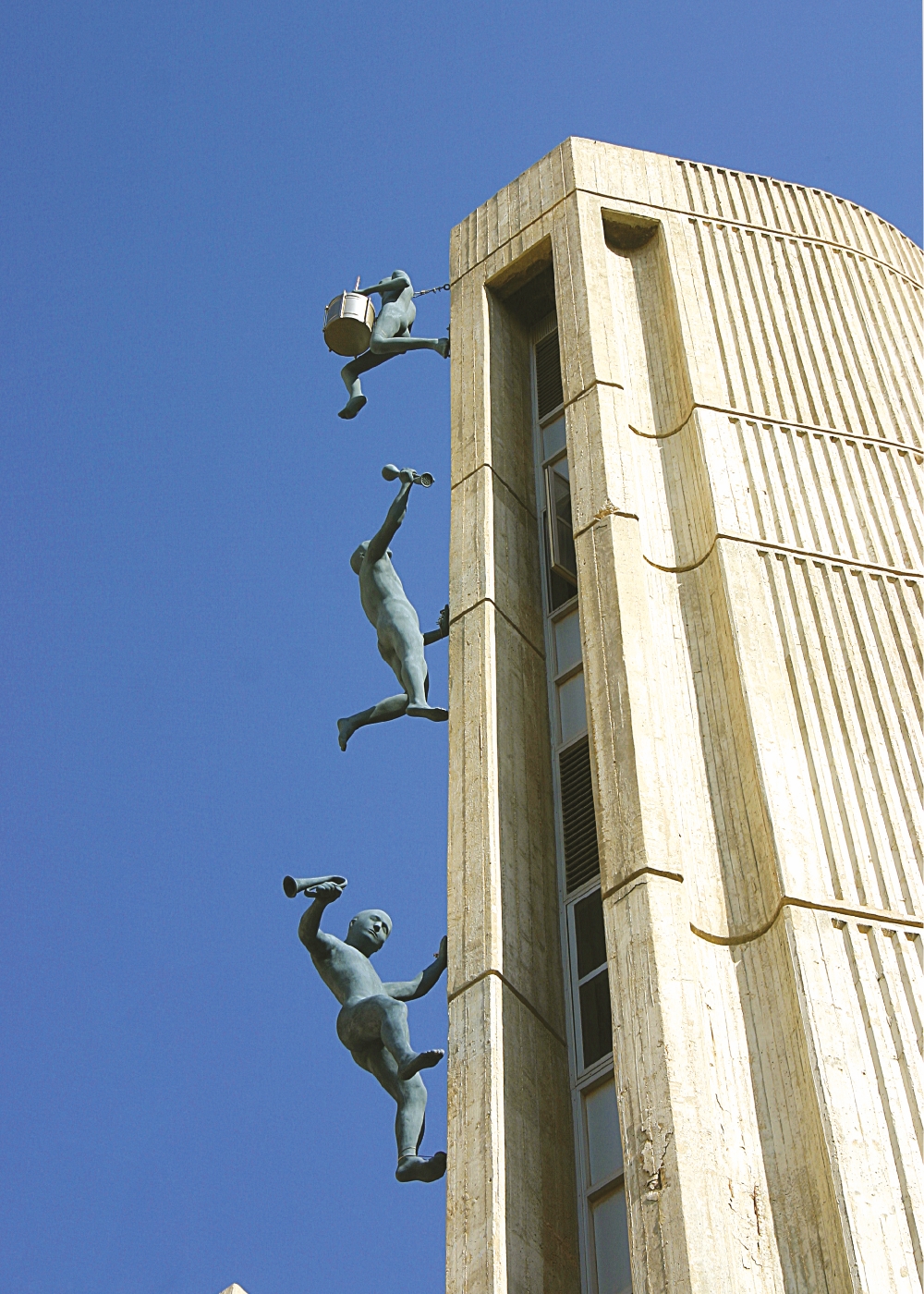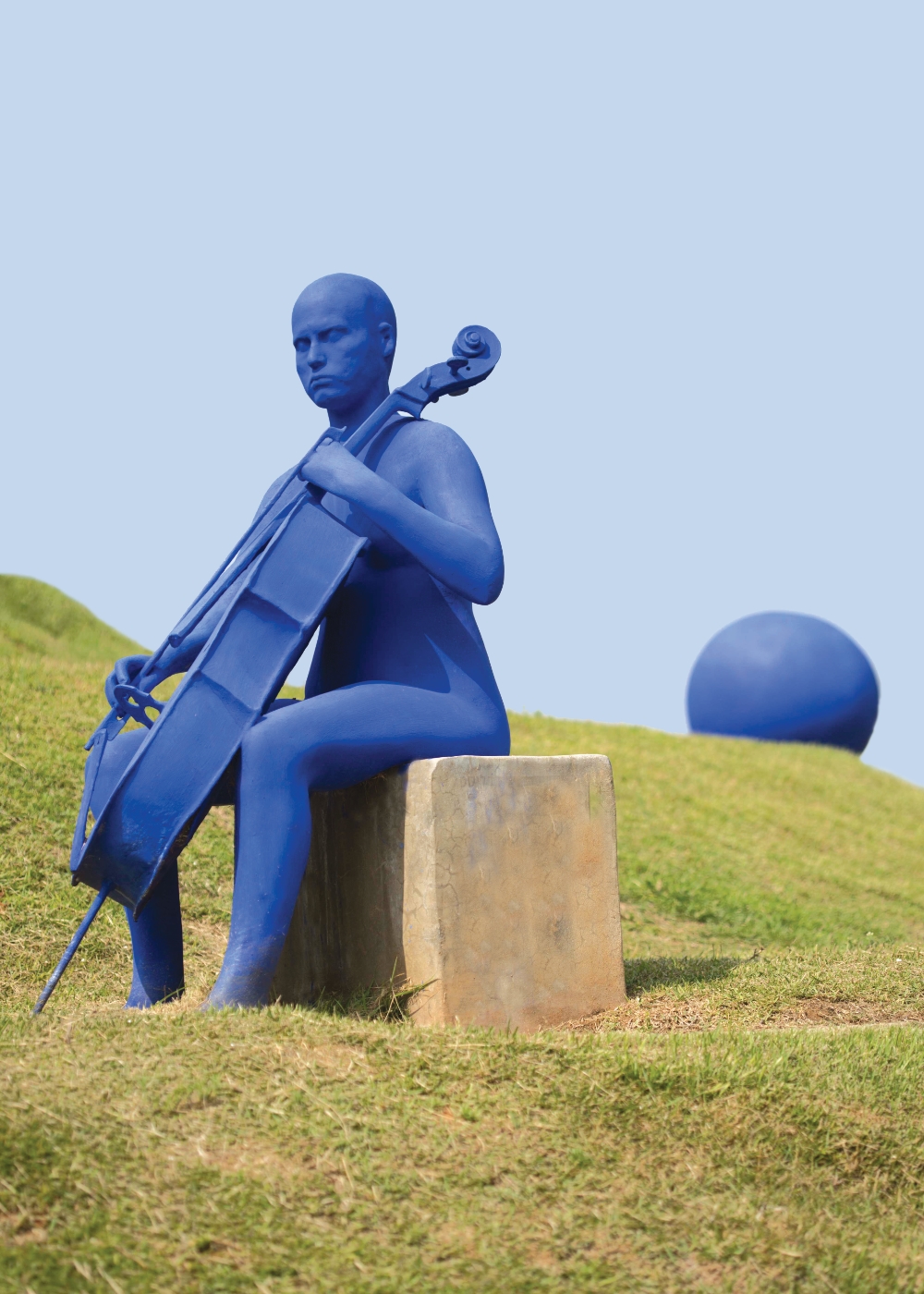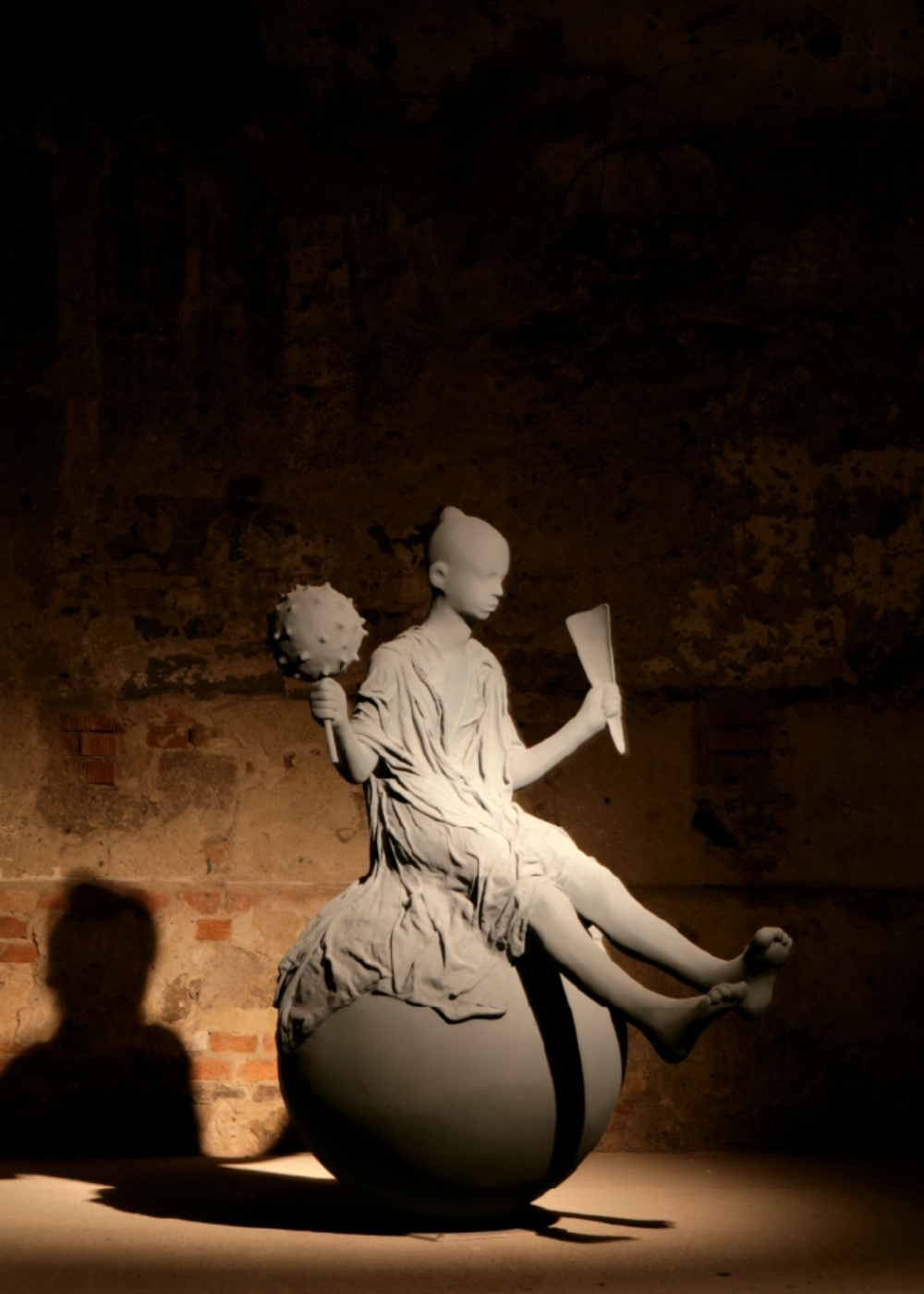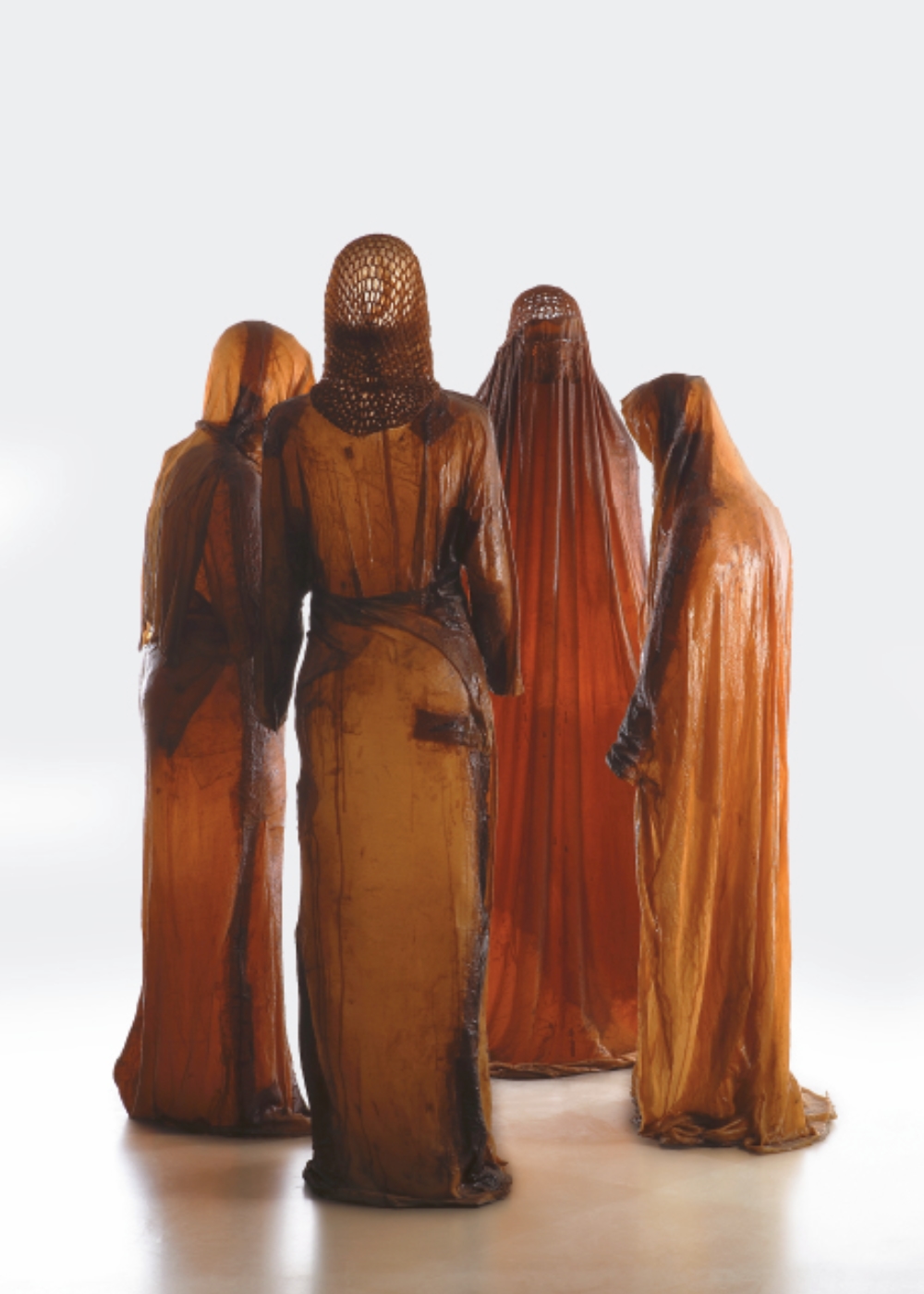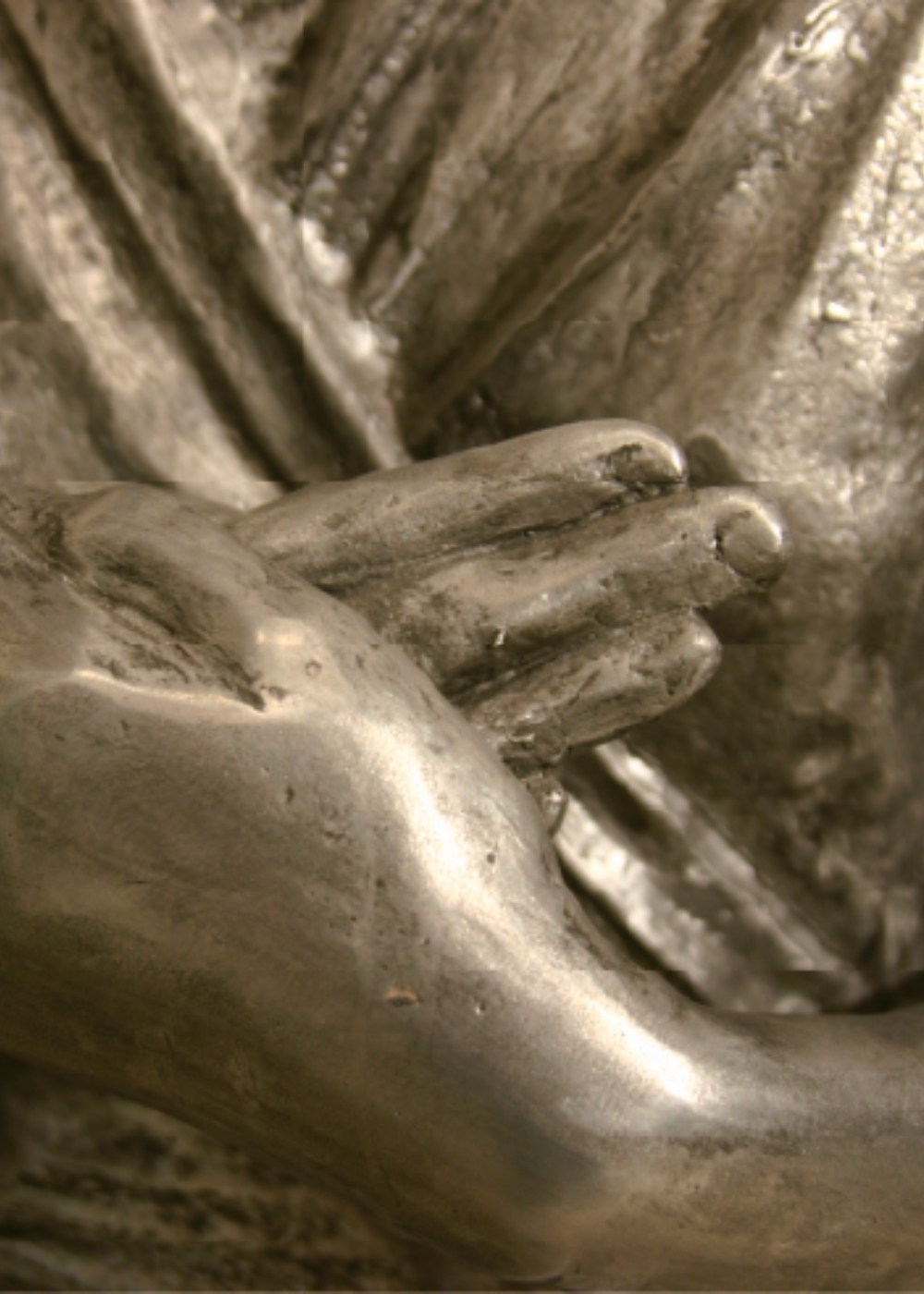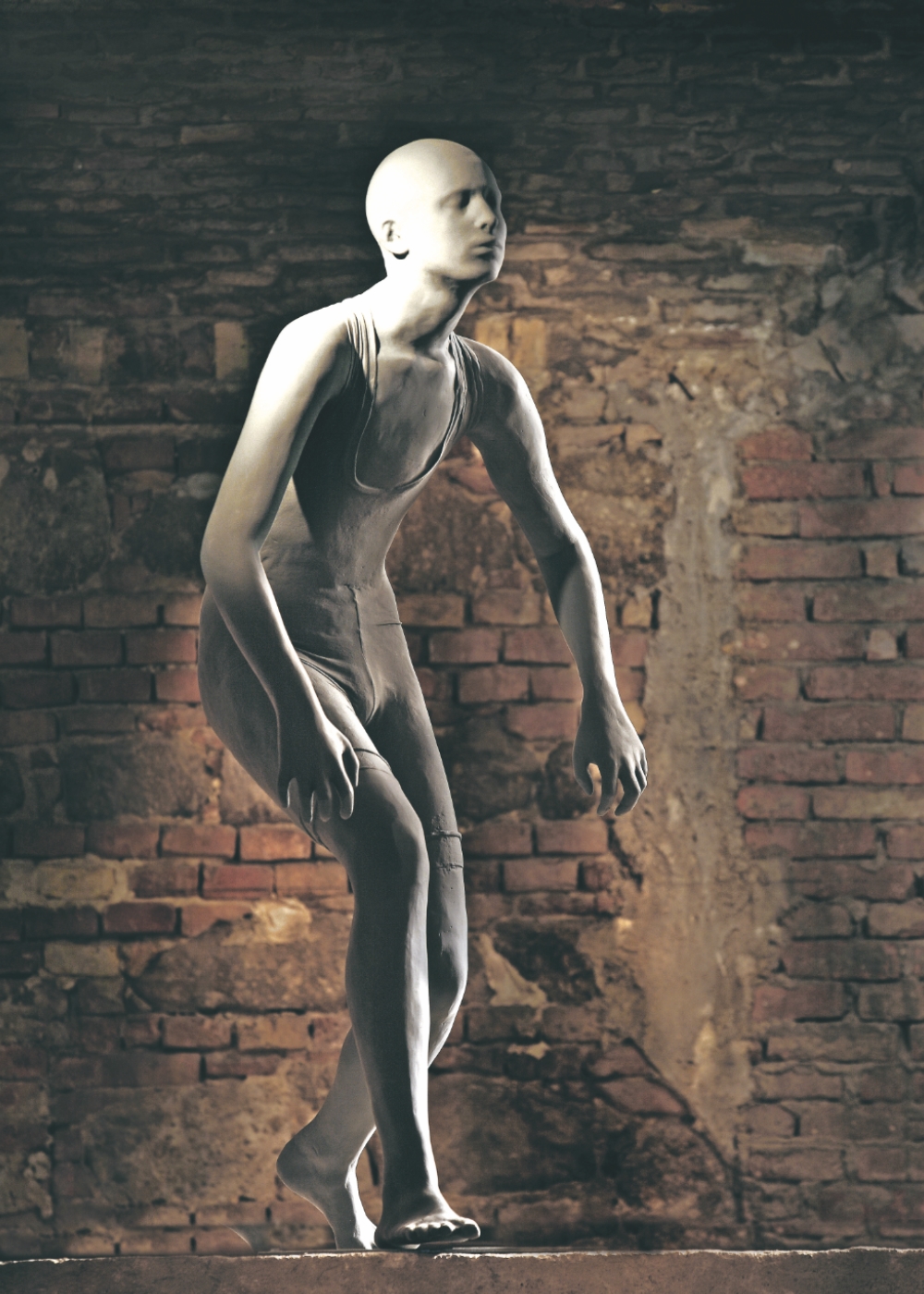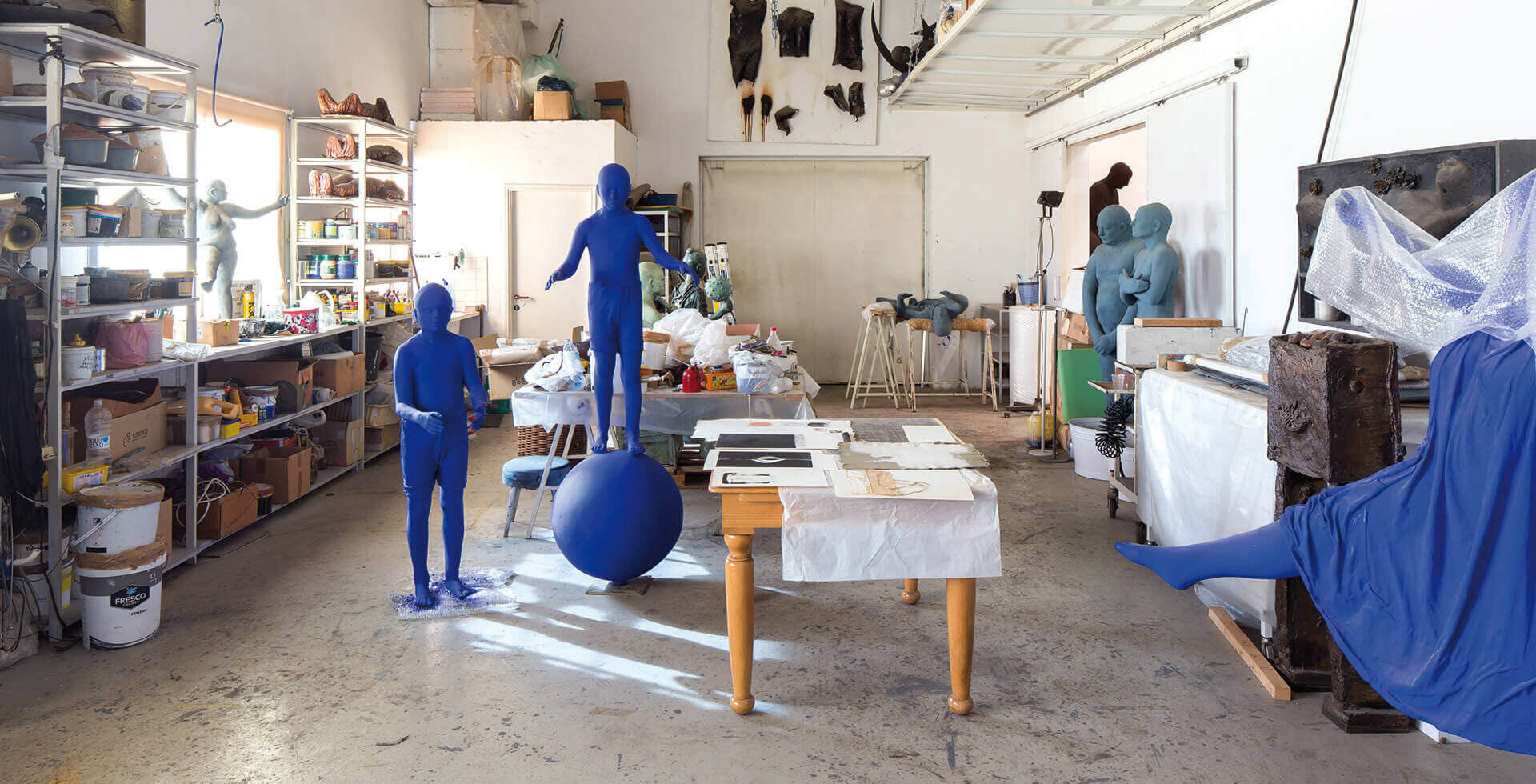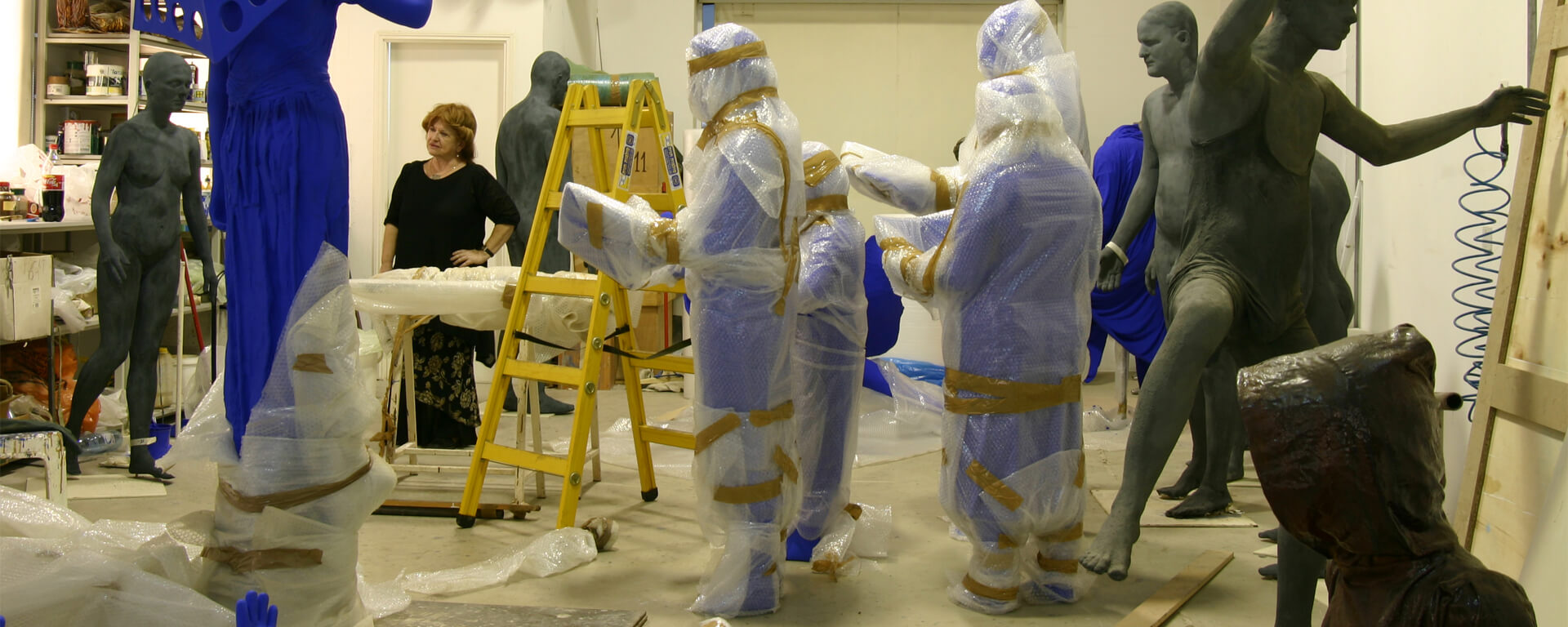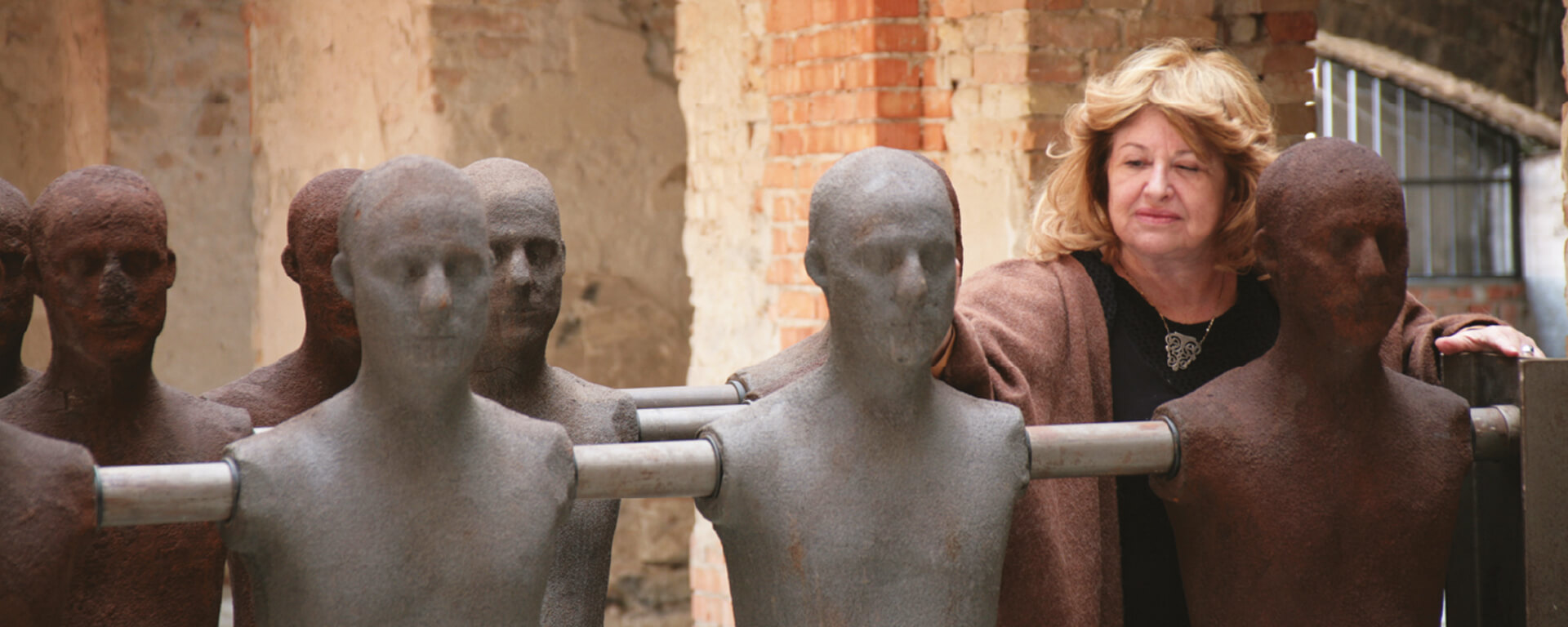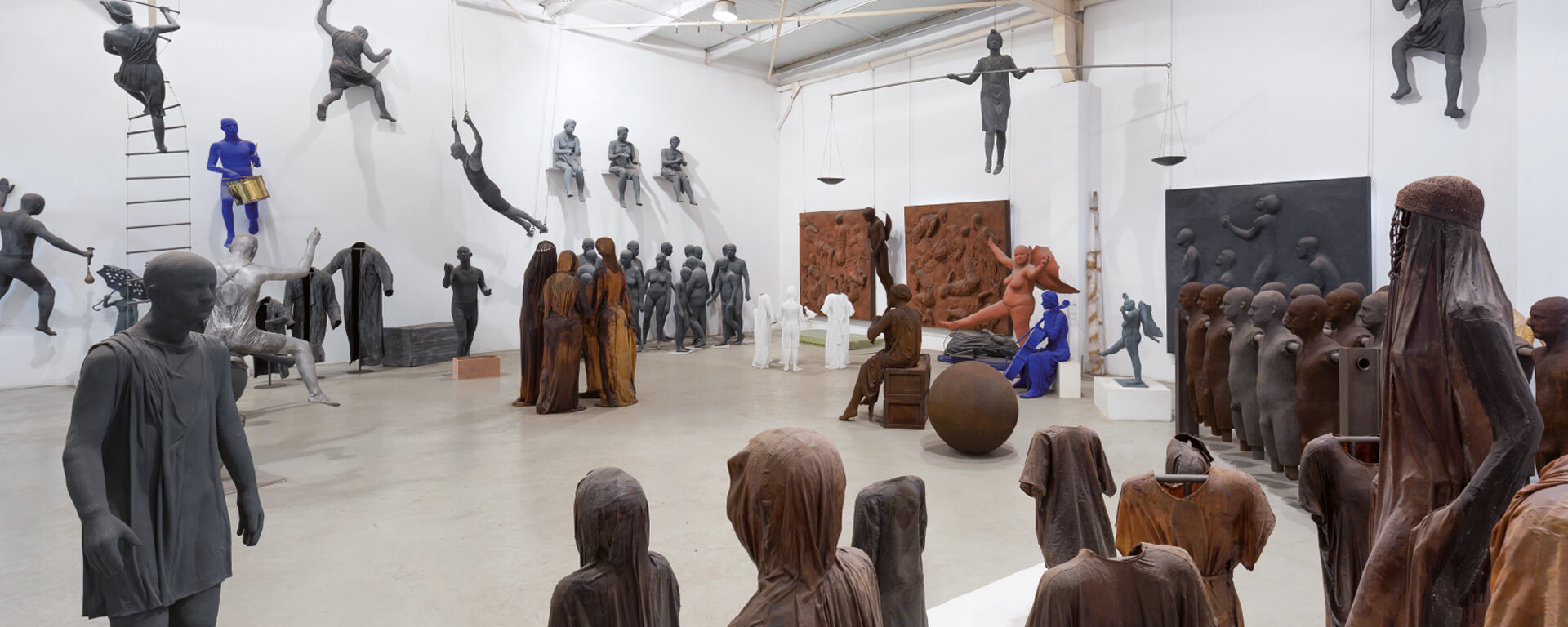Ofra
Zimbalista
Born from the
Earth
A trailblazing Israeli artist and sculptor, Ofra Zimbalista (1939-2014) played a pivotal role in shaping the open public space through sculptures, which were installed in squares, city gardens and parks, hospitals, and various other venues across Israel. As a woman in a predominantly masculine field, she forged her own path with unwavering determination and innovative creativity, reshaping the landscape of Israeli sculpture.
Zimbalista studied at the Higher School of Painting, Tel Aviv founded by artist Aryeh Margoshilsky (now the Kalisher School of Art), where she acquired skills that would evolve into her distinctive artistic language. Having studied and practiced nursing before pursuing art, Zimbalista drew on this experience in her work, notably through her use of plaster bandages and casts of the human body.
Most of Zimbalista's sculptures were created using a technique she developed and refined: Plaster was cast onto the bodies of models. The resulting casts were used to prepare molds for aluminum, iron, or bronze castings, which were then coated with sand and/or painted in uniform color (blue, gray, light brown, or pastel shades of yellow, pink, and light blue). In the final phase, they were installed as a single piece or grouped together. Zimbalista's sculptures were akin to actors in a theater or circus, brought to life through various configurations of her works—ensembles in which she responded to the drama of life, with its joys, sorrows, cruelty, compassion, and love. The backdrop of her sculptures also changed according to the installation site, further impacting their message.
While her art initially responded to the specific context of life in Israel, the works ultimately took on a universal quality, earning widespread appreciation around the world.
